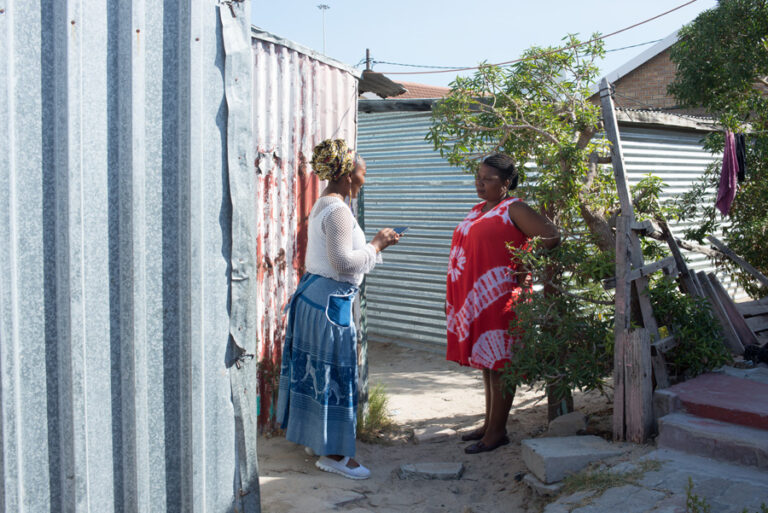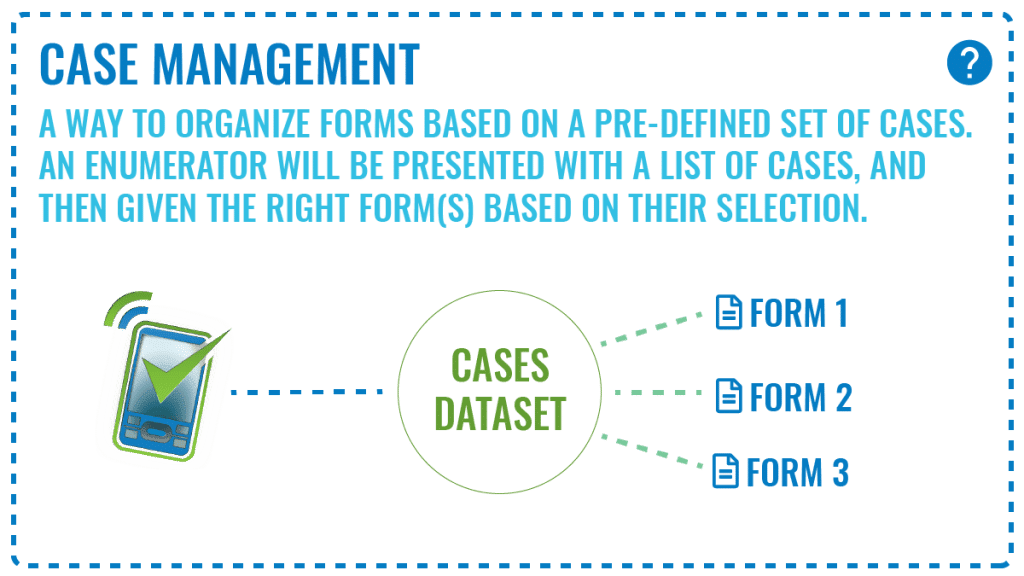Longitudinal study vs. cross-sectional study: What’s the difference?
When it comes to survey research and data collection, two common methodologies are longitudinal studies and cross-sectional studies. Both methods are used frequently by data collection professionals and researchers in many different fields.
Understanding the differences between these two methods and when to use each is critical for designing effective research projects and managing workflows.
A longitudinal study collects data from the same subjects repeatedly over a period of time. These studies track changes, patterns, or trends, making them ideal for analyzing the evolution of specific variables, such as behavior, health outcomes, or economic conditions. For example, a public health researcher may conduct a longitudinal study to monitor how dietary habits influence heart health over 10 years.
On the other hand, a cross-sectional study collects data at a single point in time. This snapshot approach is commonly used to explore the prevalence of a condition, opinion, or characteristic in a population at a singular point in time. For instance, a humanitarian organization might use a cross-sectional study to determine how many residents in a community currently have access to clean drinking water, or a healthcare organization could use a cross-sectional study to determine vaccine rates in a province for that year.
The fundamental difference lies in time: longitudinal studies span across periods, capturing change, while cross-sectional studies focus on a single moment, providing a snapshot.
Longitudinal vs. cross-sectional: When to use what
The choice between a longitudinal and a cross-sectional study depends on your research goals. Here are some scenarios:
When to use a longitudinal study:
- You want to measure change or trend over time
- Your research requires tracking the same individuals or groups across different periods of time
- You want deep insights into a particular question or population
- You want to establish a sequence of events in order to explore causal relationships
Example:
A longitudinal study could track maternal health indicators across pregnancy and the postpartum period, collecting data at regular intervals. This method ensures that data from each visit is linked back to the same respondent, eliminating duplication and streamlining workflows.
When to use a cross-sectional study:

- You need to answer questions quickly without waiting for ongoing results
- Your focus is on prevalence, relationships, or comparisons at one point in time
- You need answers to an important research question quickly
- Your time and resources for data collection are limited
Example:
A one-time survey of household income levels in a rural community would qualify as a cross-sectional study.
Both approaches have strengths and limitations. Longitudinal studies require more time and resources but provide deeper insights into causality and change. Cross-sectional studies are quicker and more cost-effective but won’t capture the dynamics of change or give an indication of where key indicators are trending.
Real world longitudinal and cross-sectional studies
To further clarify these methodologies, let’s look at some actual examples from both categories:
Longitudinal studies
1. The Impact of COVID-19 on Livelihoods in India and Nepal
During the COVID-19 pandemic, the International Food Policy Research Institute (IFPRI) conducted a longitudinal study to assess the economic impact of the crisis on farmers and women business owners in rural India and Nepal. Using SurveyCTO’s case management and CATI features, the study centered on tracking respondents’ financial conditions, coping strategies, and recovery progress over multiple waves of data collection. By linking data across time, the research highlighted the pandemic’s lasting effects and informed policy recommendations to support these vulnerable groups.
2. Global Early Adolescent Study (GEAS) at Johns Hopkins
The Global Early Adolescent Study (GEAS), led by researchers from the Department of Population, Family and Reproductive Health at the Johns Hopkins Bloomberg School of Public Health, is a longitudinal, multi-country study designed to explore how gender norms impact adolescent health and development. The study spans 15 sites worldwide and tracks participants over five years, with a focus on understanding the links between gender norms and health outcomes, particularly in the context of sexual and reproductive health.
By using SurveyCTO for data collection, including audio computer-assisted self-interviewing (ACASI) methods, the team has been able to enhance data quality while overcoming challenges like literacy barriers. The study’s findings from its formative phase—such as the shrinking freedoms of girls and expanding but riskier freedoms of boys during adolescence—highlight the value of longitudinal research in capturing cultural and developmental trends across diverse contexts.
The Hague Institute for Innovation of Law (HiiL) conducted a longitudinal study in Uganda during the pandemic to track individuals’ justice journeys—examining their challenges and how they resolved them over time. Using SurveyCTO’s web forms and unique case IDs, HiiL linked responses across two survey waves, providing a before-and-after picture of justice issues. This streamlined approach ensured clean data and allowed HiiL to produce “Justice Journeys,” narrative reports that informed policymakers about gaps in justice systems. The project highlights how longitudinal research drives actionable insights for justice innovation.
Cross-sectional studies
NORC at the University of Chicago conducted a cross-sectional study in Kenya to measure the prevalence of commercial sexual exploitation of children using respondent-driven sampling (RDS). This methodology incentivized participants to refer peers, enabling access to a hidden population often unreachable through traditional sampling methods.
By leveraging SurveyCTO’s server dataset feature and QR code-scanning capabilities, NORC efficiently managed referrals, validated participation, and ensured data integrity. QR-coded coupons were issued to respondents, tracked in real-time, and linked to financial incentives via the M-Pesa mobile payment system. This streamlined approach reduced logistical challenges, improved data accuracy, and enabled researchers to capture critical insights about the conditions and vulnerabilities of trafficked minors.
This cross-sectional study explored the determinants of gender-equitable attitudes among 422 adult men in southeastern Malawi, conducted during male clinic days across four healthcare facilities. Using the Gender-Equitable Men (GEM) scale, researchers examined how factors such as education, urban versus rural residence, and participation in household decision-making and tasks influenced men’s perspectives on gender norms.
The findings revealed that higher education levels and urban residency were strongly associated with more equitable attitudes, as were joint decision-making on household matters and greater involvement in traditionally female-dominated tasks like cleaning and cooking. By focusing on a single point in time, this study provided a snapshot of the social and behavioral factors shaping gender attitudes, offering critical insights for designing targeted interventions to address gender disparities.
The Global Fund to End Modern Slavery (GFEMS) conducted a cross-sectional study in Karamoja, Uganda, to estimate the prevalence of commercial sexual exploitation of children (CSEC) and uncover gender-based trends. Using SurveyCTO’s advanced features, such as audio computer-assisted self-interviewing (ACASI) and dynamic plug-ins, researchers addressed the sensitive nature of the topic by ensuring respondent confidentiality and reducing social desirability bias.
The study used a probabilistic sampling method to survey 830 children aged 12–17, capturing a snapshot of their experiences with sexual exploitation at a single point in time. This innovative approach not only revealed unexpected findings—such as no significant gender difference in CSEC prevalence—but also highlighted the utility of tools like ACASI for improving response accuracy in culturally sensitive contexts.
Using SurveyCTO for longitudinal and cross-sectional studies

SurveyCTO’s case management feature makes it uniquely suited for both types of studies.
For longitudinal studies:
- Centralize data across multiple visits for entity-based data collection projects by using server datasets
- Eliminate duplication with pre-loaded data for follow-up forms
- Reduce errors and improve collaboration through offline case transfers
For cross-sectional studies:
- Deploy one-time surveys efficiently with SurveyCTO’s mobile and web tools
- Utilize built-in quality checks to ensure data integrity
- Choose the right study design and simplify your data collection
Understanding the differences between longitudinal and cross-sectional studies can help you choose the right approach for your project. Longitudinal studies are ideal for uncovering trends and causal relationships over time, while cross-sectional studies provide quick, actionable insights for a specific moment.
Whichever method aligns with your goals, SurveyCTO simplifies data collection and management for both approaches. From tracking long-term program outcomes to conducting a one-time survey, SurveyCTO offers flexible solutions to meet your research needs.




